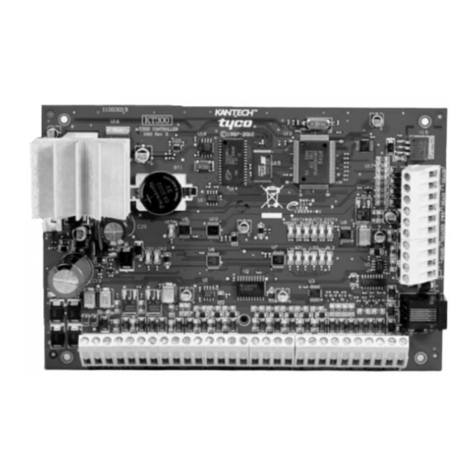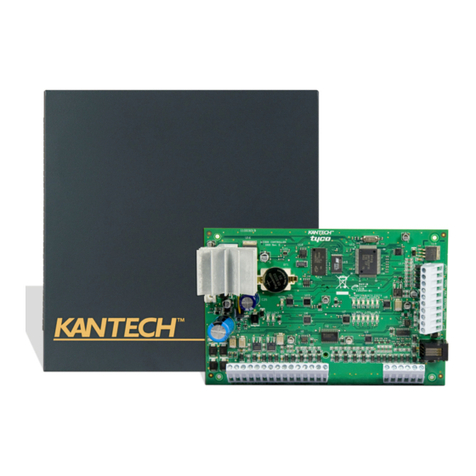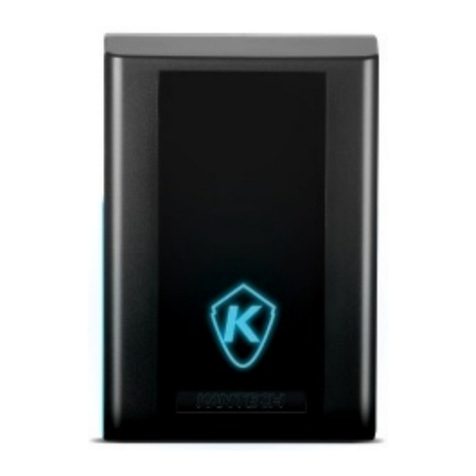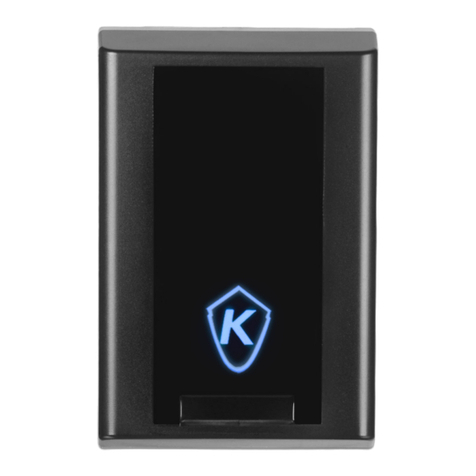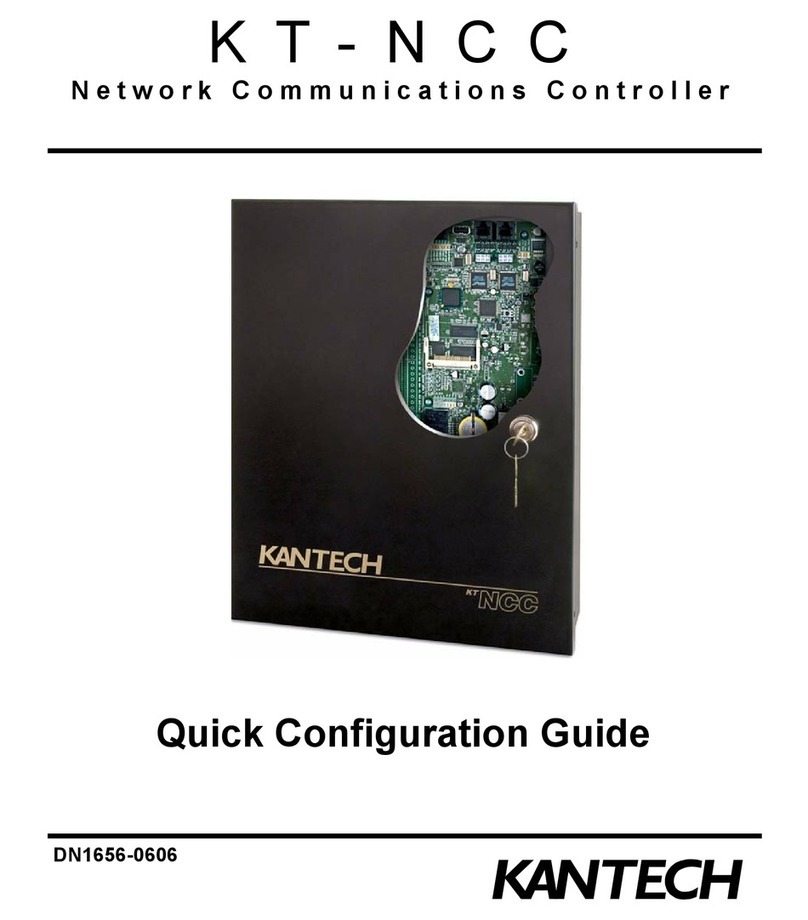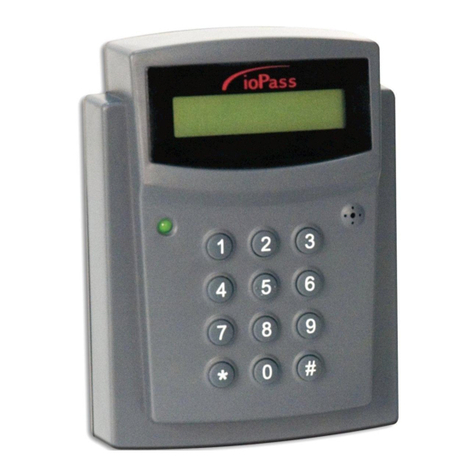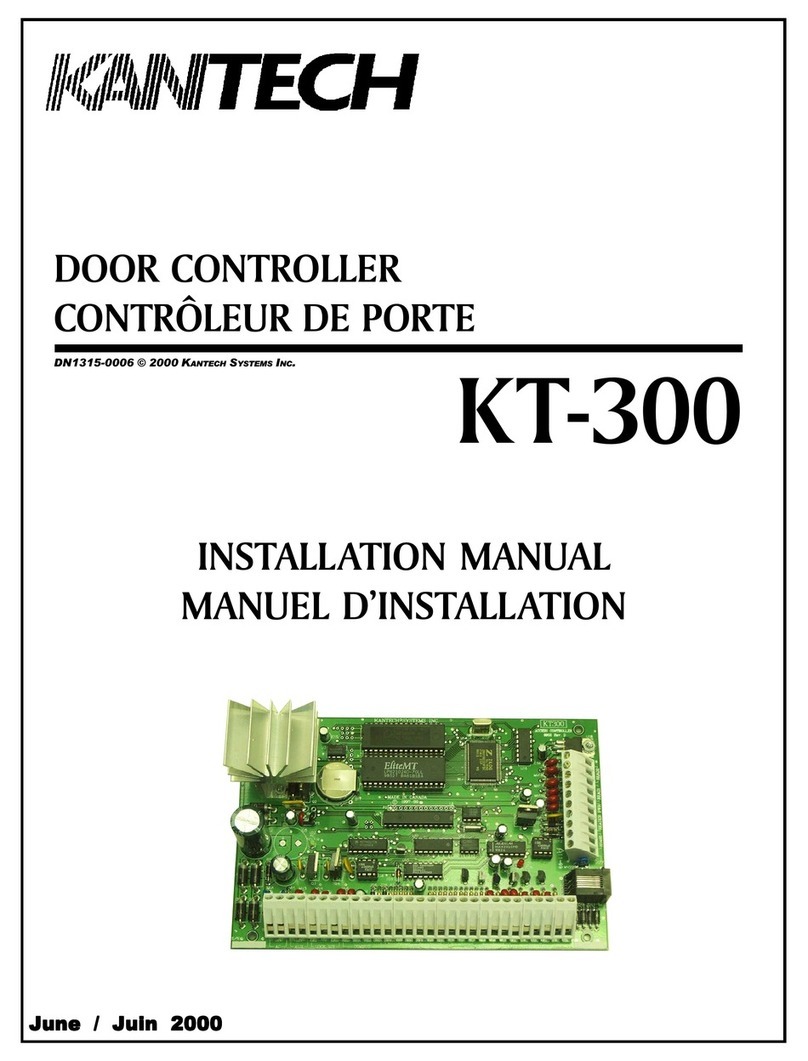
DN1611-1809
2
Pre-Installation Information ...................................................................................................................... 3
Copyright Info .......................................................................................................................................................... 3
Safety Instructions ................................................................................................................................................... 3
Technical Support ........................................................................................................................................ 4
KT-NCC Compliance Specifications......................................................................................................... 5
KT-NCC FCC & IC Compliance............................................................................................................................... 5
UL 294 Compliance Notice...................................................................................................................................... 5
UL 1076 Compliance Notice.................................................................................................................................... 5
KT-NCC UL Compliance.......................................................................................................................................... 6
CE & RCM Compliance ........................................................................................................................................... 6
Overview ..................................................................................................................................................... 7
Introduction.............................................................................................................................................................. 7
Environmental and Electrical Specifications............................................................................................................ 7
KT-NCC Specifications............................................................................................................................................ 8
KT-NCC Characteristics with EntraPass Global Edition .............................................................................. 9
Ordering Information ............................................................................................................................... 10
Pre-Installation ......................................................................................................................................... 11
Equipment Checklist UL Only................................................................................................................................ 11
Additional Parts ..................................................................................................................................................... 11
Tool Checklist ........................................................................................................................................................ 11
Reading Checklist.................................................................................................................................................. 11
Site Checklist......................................................................................................................................................... 11
KT-NCC Installation ................................................................................................................................. 12
Mounting the KT-NCC Enclosure .......................................................................................................................... 12
Removing the Enclosure Door (Optional) .............................................................................................................. 12
Connecting the Earth Ground................................................................................................................................ 13
Connecting the KT-NCC to Controllers Loops....................................................................................................... 13
Connecting the Relays .......................................................................................................................................... 14
Installing the KT-3LED-PLATE .............................................................................................................................. 15
EntraPass Configuration........................................................................................................................................ 15
Installing Additional Sites....................................................................................................................................... 16
Installing the 12V/7Ah battery................................................................................................................................ 16
Installing the AC Transformer ................................................................................................................................ 16
KT-NCC Configuration............................................................................................................................. 17
Pre-Configuration .................................................................................................................................................. 17
Configuration Scenarios ........................................................................................................................................ 17
DHCP with Customer Server IP Address (LAN) .................................................................................................... 17
Static IP address ................................................................................................................................................... 18
WAN Configuration................................................................................................................................................ 18
Port forwarding........................................................................................................................................... 19
Communication Timing ........................................................................................................................... 20
Resetting the KT-NCC ............................................................................................................................. 21
Connecting the KT-NCC to the Network ................................................................................................ 22
Registering the KT-NCC with the EntraPass Global Server................................................................. 23
Configuring DHCP with Customer Server IP Address.......................................................................... 25
Configuring the Gateway ....................................................................................................................................... 25
Configuring with a Static IP Address ..................................................................................................... 27
Using the Web Configuration Page ....................................................................................................................... 27
Configuring the Gateway ....................................................................................................................................... 30
Configuring in a WAN .............................................................................................................................. 32
Configuring Server Parameters ............................................................................................................................. 32
Configuring the Gateway ....................................................................................................................................... 32
Connection Status ................................................................................................................................... 35
Upgrading Firmware .............................................................................................................................................. 35
KT-NCC Maintenance Recommendations ............................................................................................. 36
KT-NCC Installation Manual
